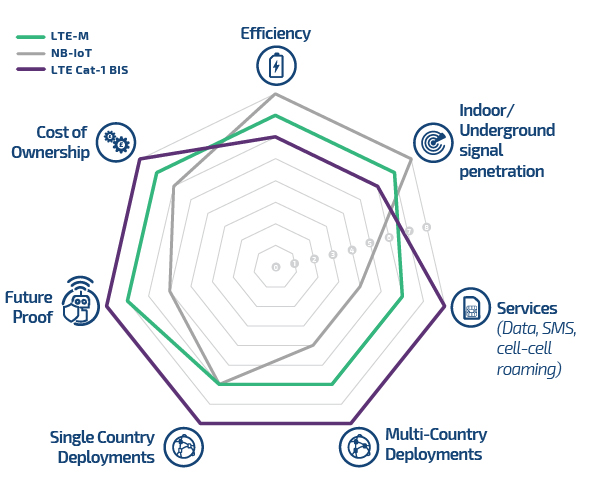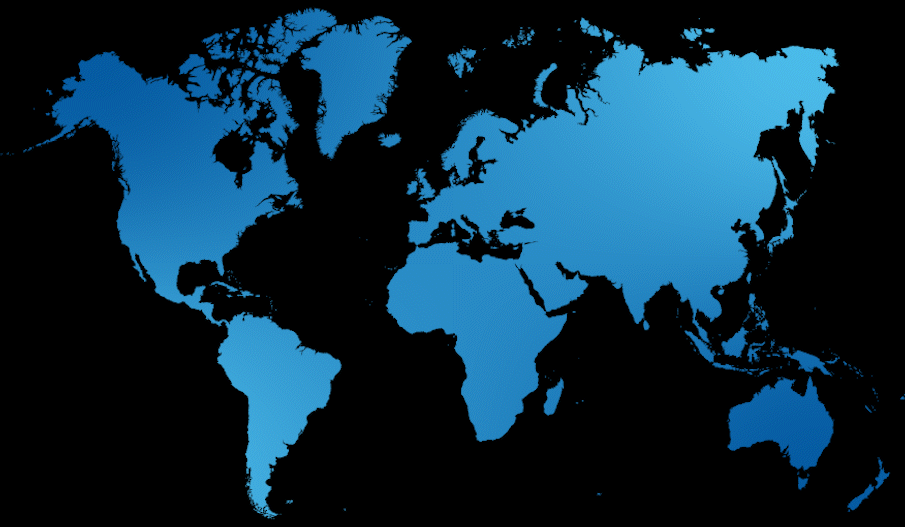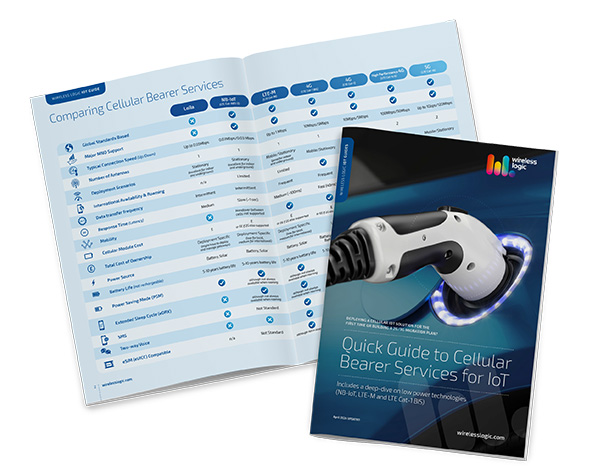LTE-M
LTE-M was designed to support long-battery life requirements in sensors and tracking devices. It can be used with both stationary and mobile applications.
What our customers say about us
Applications we are connecting with LTE-M
Why choose LTE-M ahead of NB-IoT or LTE Cat-1 BIS?
LTE-M is more fully featured than NB-IoT and supports mobility, higher bandwidth and voice/SMS. It also performs well on a single antenna which is important for reducing device size and costs.
Does LTE-M have any down-sides?
While some countries/regions have strong LTE-M coverage, globally there are only around 120 networks so multi-country and global deployments can be a challenge.
Reviewing our technology comparison and coverage checker is essential.


2G & 3G Sunset Toolkit for Enterprises.
- Understand the timing of sunsets in any country
- Understand the implications for your deployed devices
- Help you plan and design the next generation of your IoT solution
Don’t get left in the dark.
Explore our global coverage
4G/LTE, 5G, LTE-M, NB-IoT and Satellite
With our own global IoT network, Conexa, over 50 agreements with leading global operators and access into 750+ global networks in 190 countries, our global and local cellular coverage is unrivalled.
We deliver the benefits from multiple networks all under one simple service agreement, all designed around you.


Make smart design choices – which technology is right for my application?
NB-IoT, LTE Cat-M and LTE Cat-1 all have distinct advantages. Which technology is right for your application depends on a range of factors ranging from battery-life requirements, coverage, time-to-market to total cost of ownership.
NB-IoT LTE Cat-1 BIS Download our Comparison Guide Low Power SIM
IoT. It's not complicated with Wireless Logic
Design and deploy a future-proof IoT solution that scales with your business.
Get pricing



